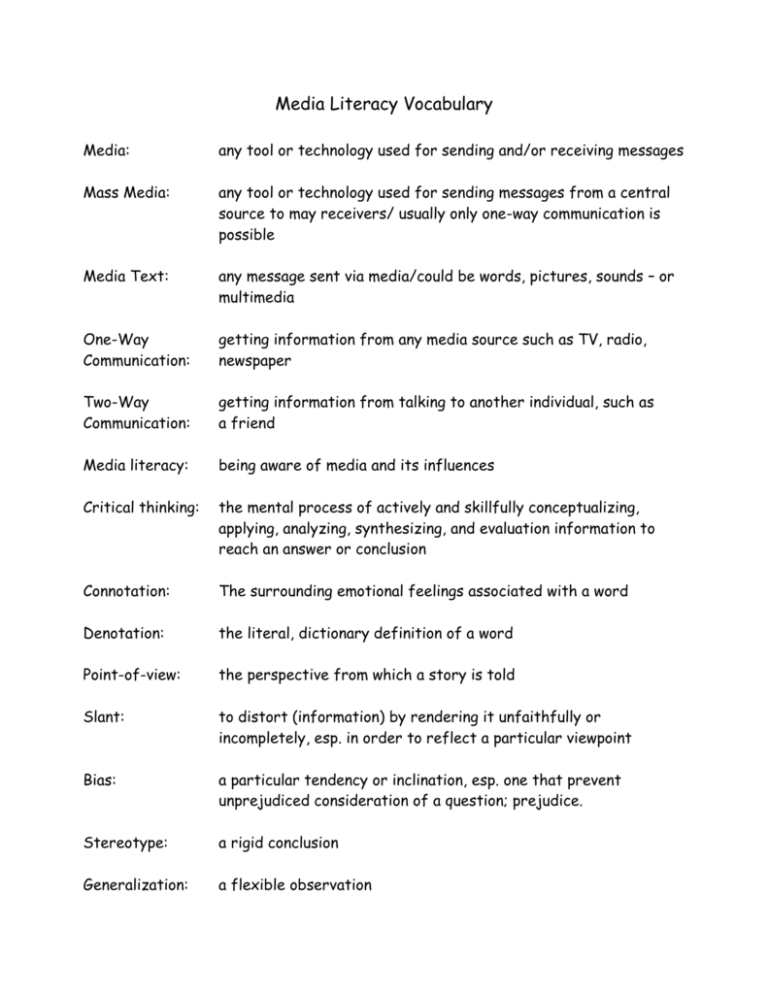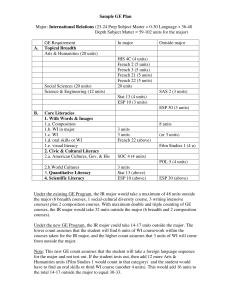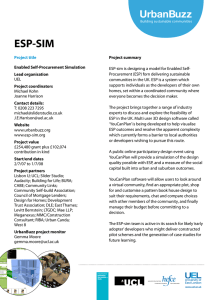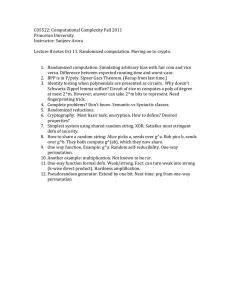Media Literacy Vocabulary: Key Terms & Definitions
advertisement

Media Literacy Vocabulary Media: any tool or technology used for sending and/or receiving messages Mass Media: any tool or technology used for sending messages from a central source to may receivers/ usually only one-way communication is possible Media Text: any message sent via media/could be words, pictures, sounds – or multimedia One-Way Communication: getting information from any media source such as TV, radio, newspaper Two-Way Communication: getting information from talking to another individual, such as a friend Media literacy: being aware of media and its influences Critical thinking: the mental process of actively and skillfully conceptualizing, applying, analyzing, synthesizing, and evaluation information to reach an answer or conclusion Connotation: The surrounding emotional feelings associated with a word Denotation: the literal, dictionary definition of a word Point-of-view: the perspective from which a story is told Slant: to distort (information) by rendering it unfaithfully or incompletely, esp. in order to reflect a particular viewpoint Bias: a particular tendency or inclination, esp. one that prevent unprejudiced consideration of a question; prejudice. Stereotype: a rigid conclusion Generalization: a flexible observation Lifestyles: a way of life or style of living that reflects the attitudes and values of a person or group Values: beliefs of a person or social group in which they have an emotional investment (either for or against something) Rhetoric: the art or technique of persuasion through the use of spoken and written language Content: something that is to be expressed through some medium, such as speech, writing, or any of various arts Documentary: a film, radio or television program, etc based on or re-creating an actual event, era, life story, etc., that purports to be factually accurate and contains no fictional information Authorship: an explicit way of assigning responsibility and giving credit of intellectual work Format: the organization, plan, style, or type of something Constructedness: all media is constructed by ordinary people doing their job Audience: the group of spectators at a public event; listeners or viewers collectively Message/content: all media carry subtle messages about who and what is important Purpose: the reason for which something exists or is done, made, used, etc. Propaganda: information that is spread for the purpose of promoting some cause Product Placement: an increasingly common practice whereby advertisers pay media makers to use or display their products as props yet never reveal this arrangement as a form of advertising; “stealth ads”











